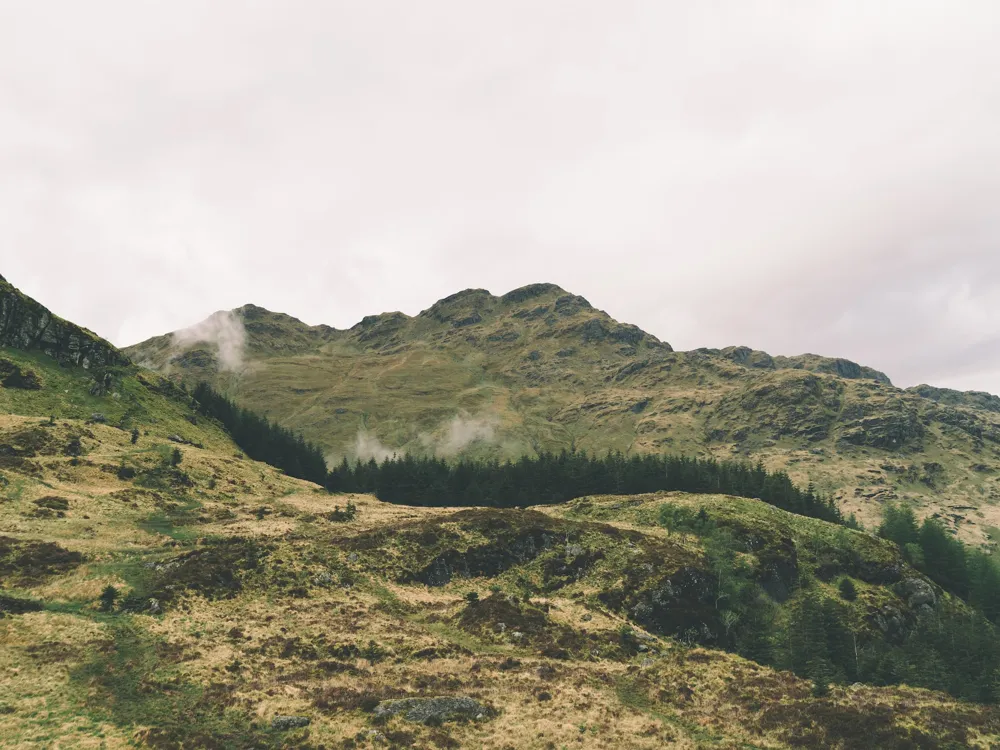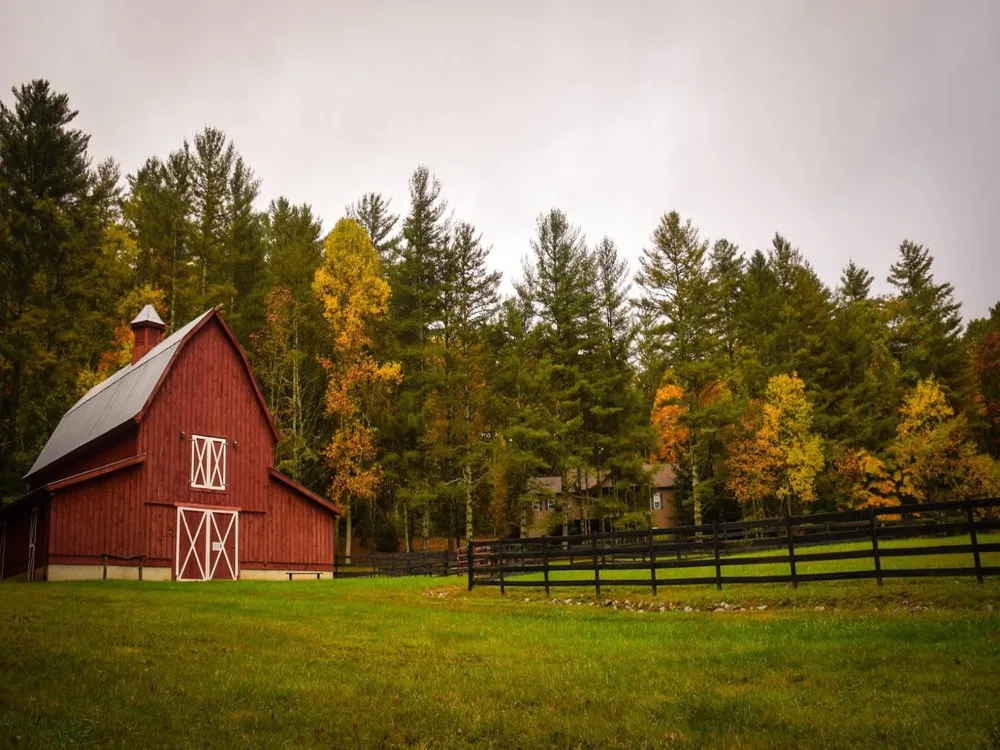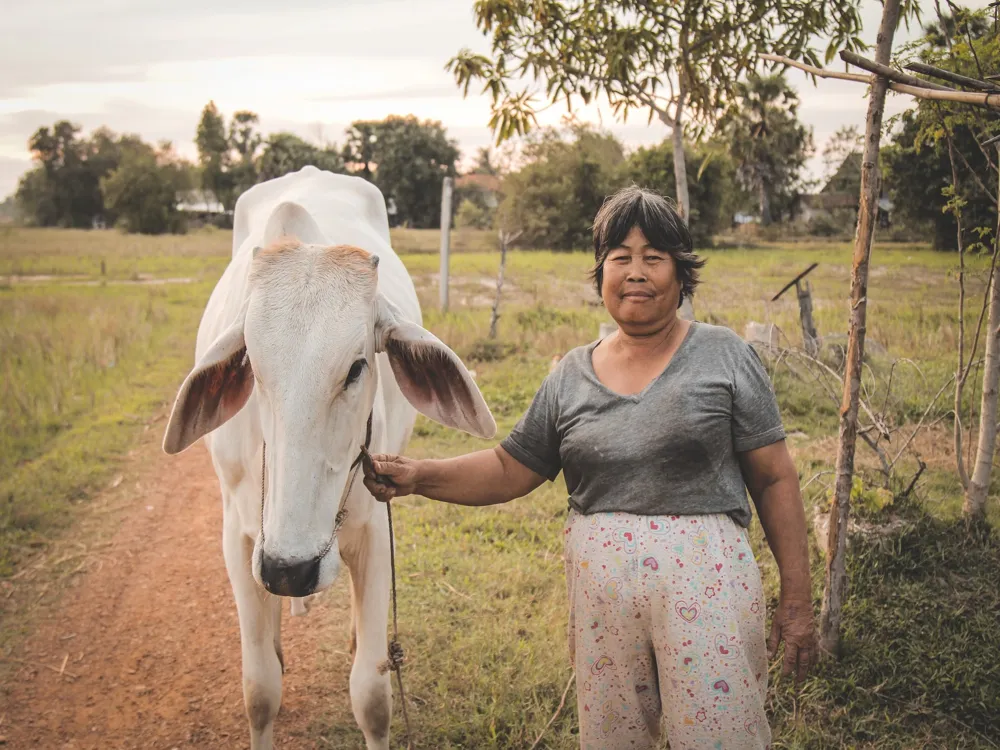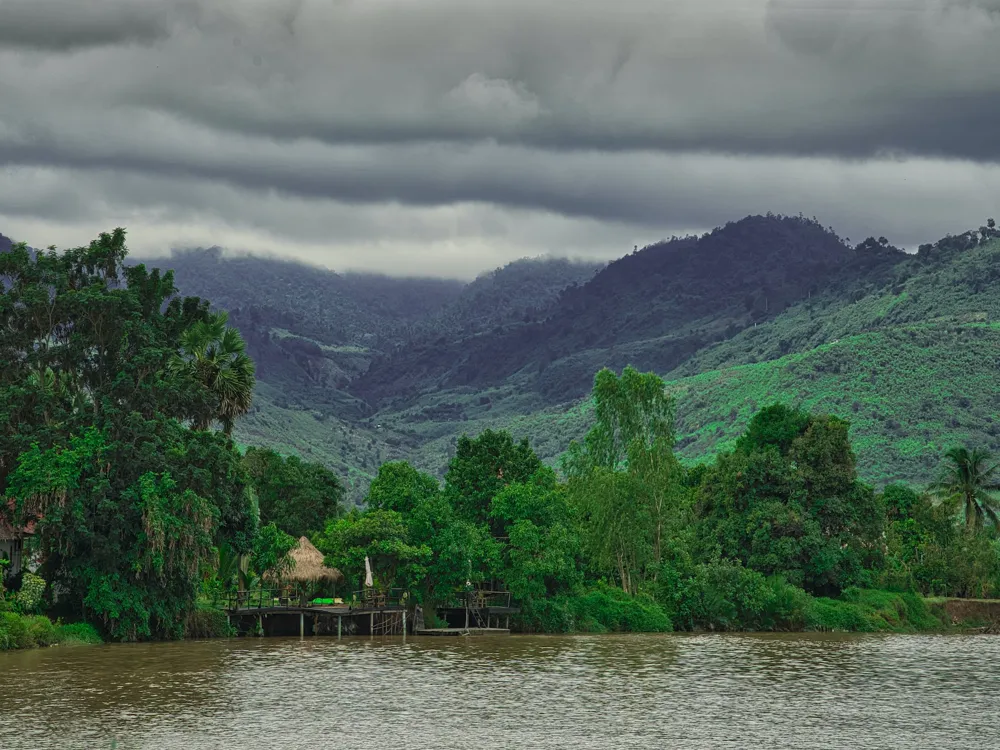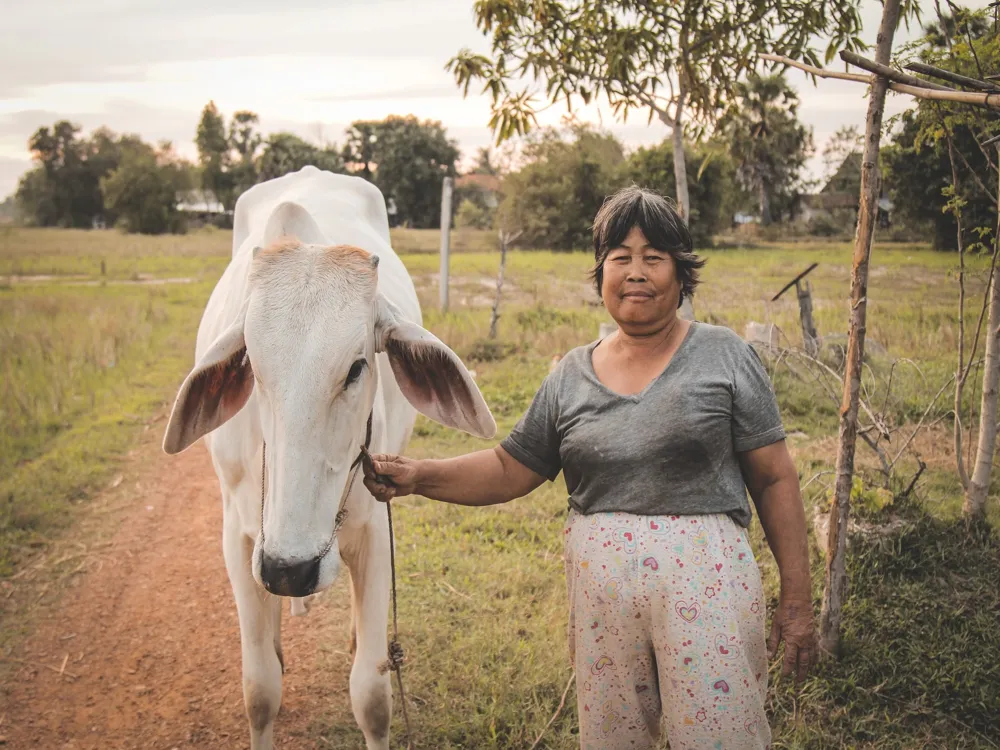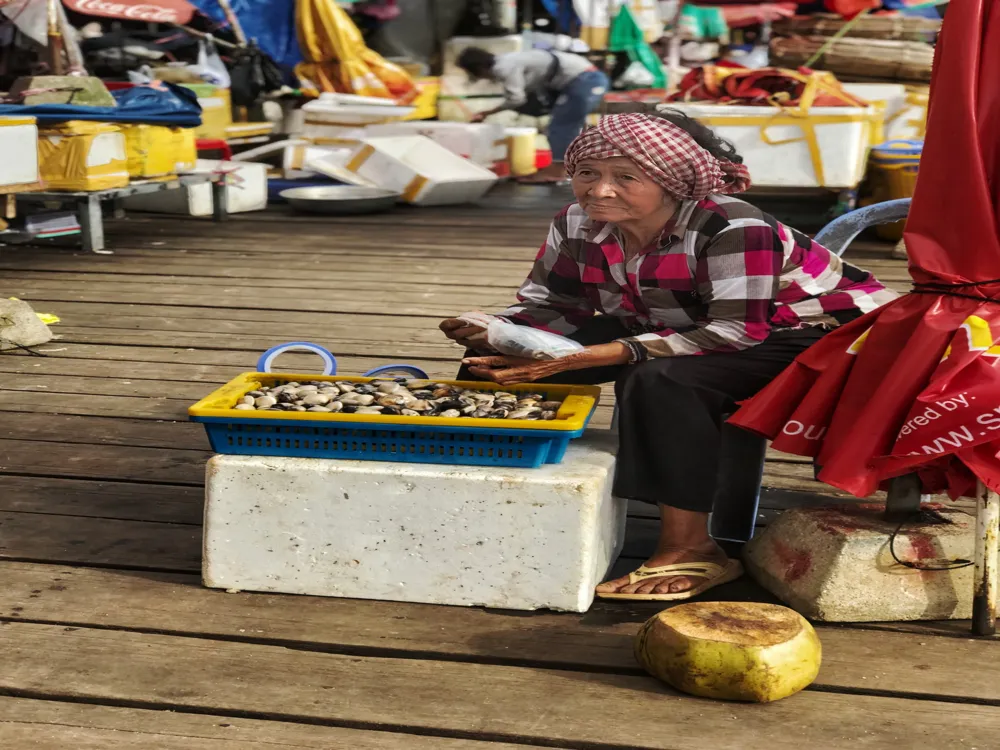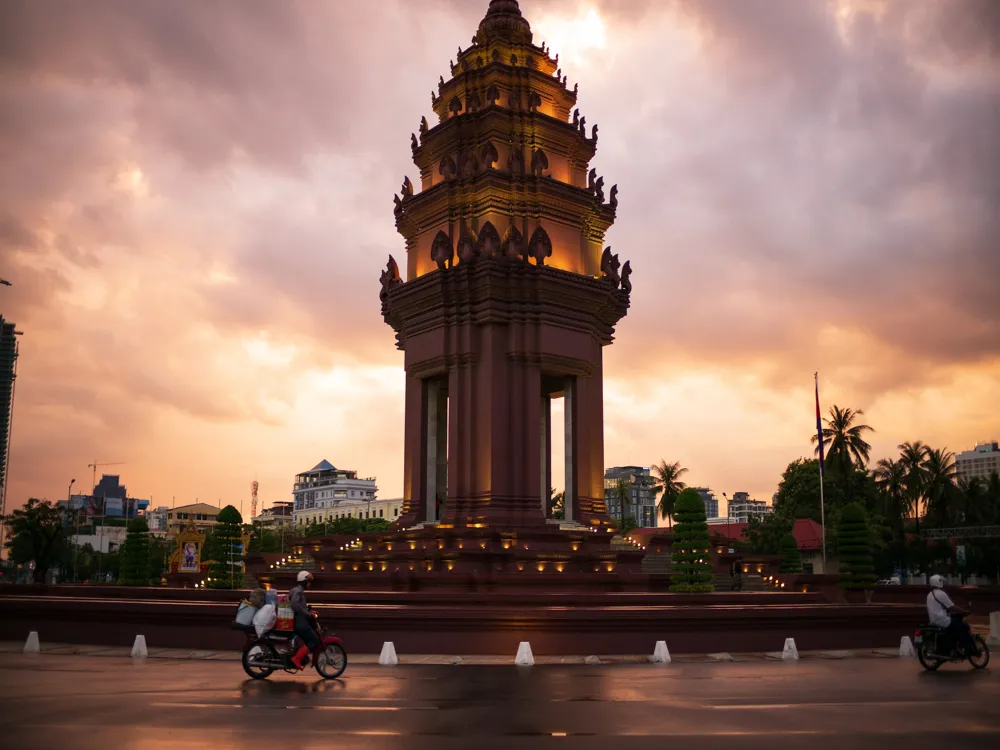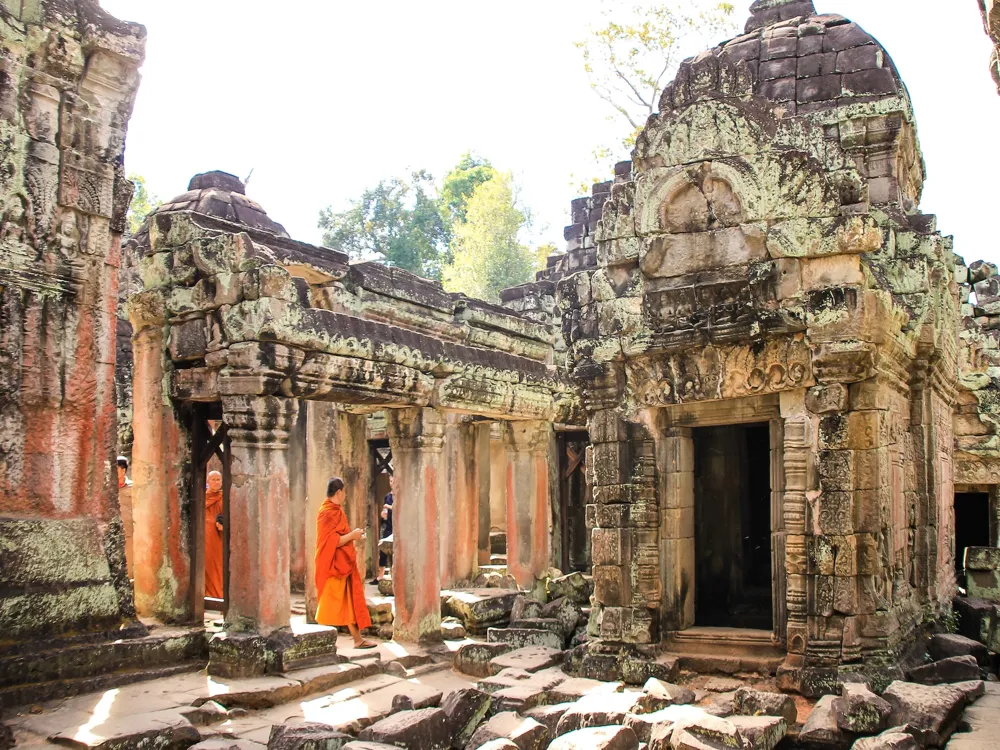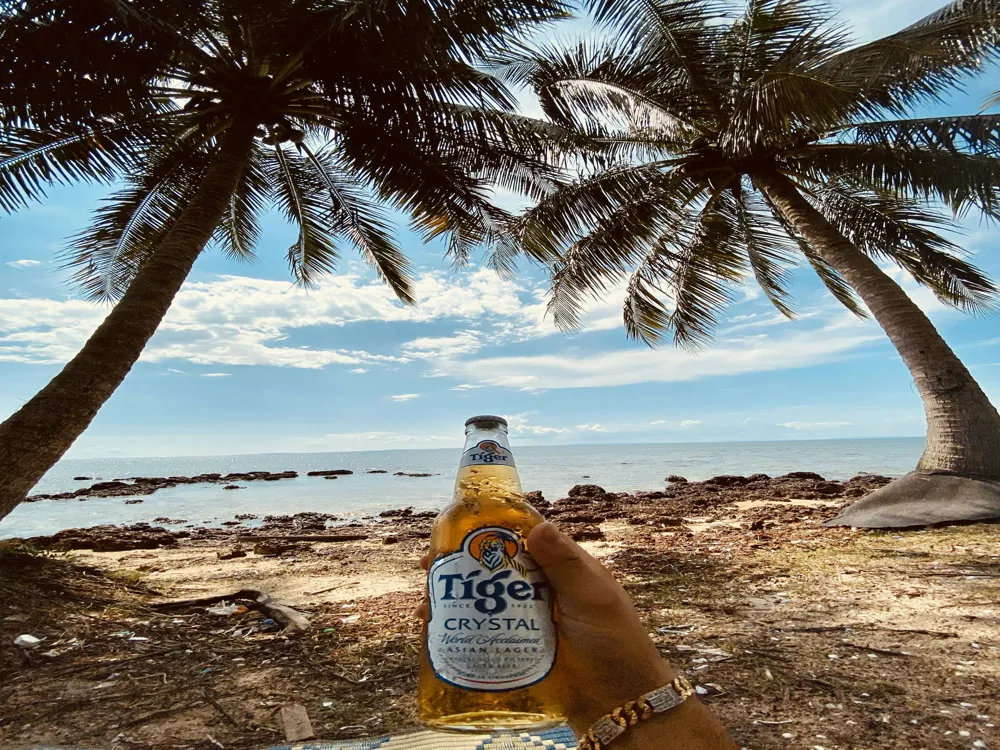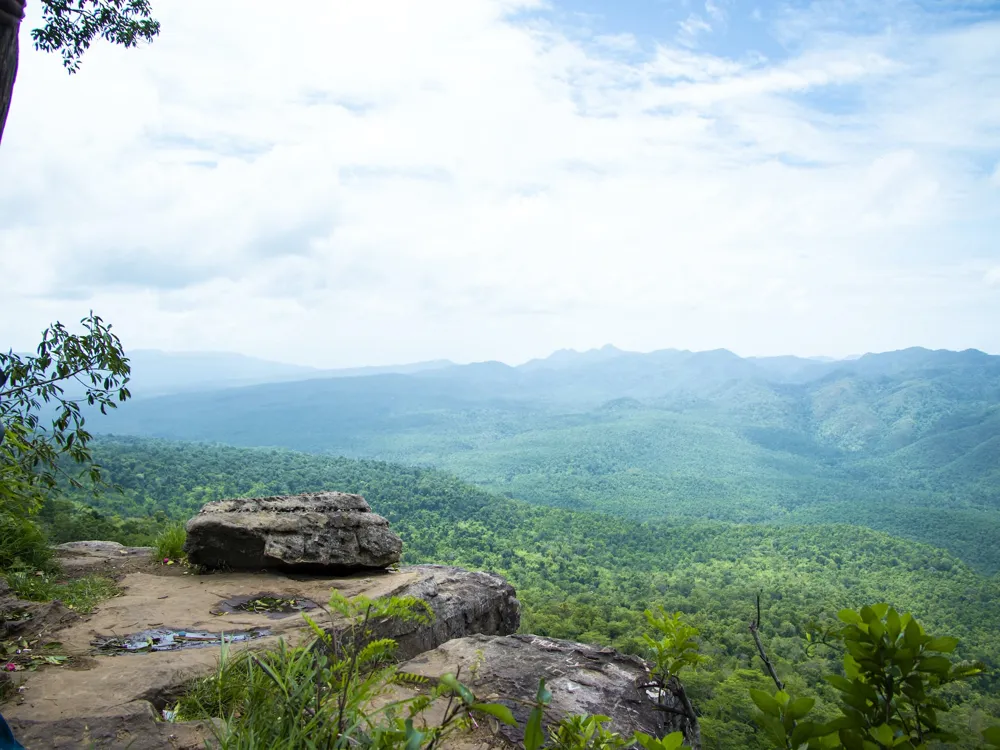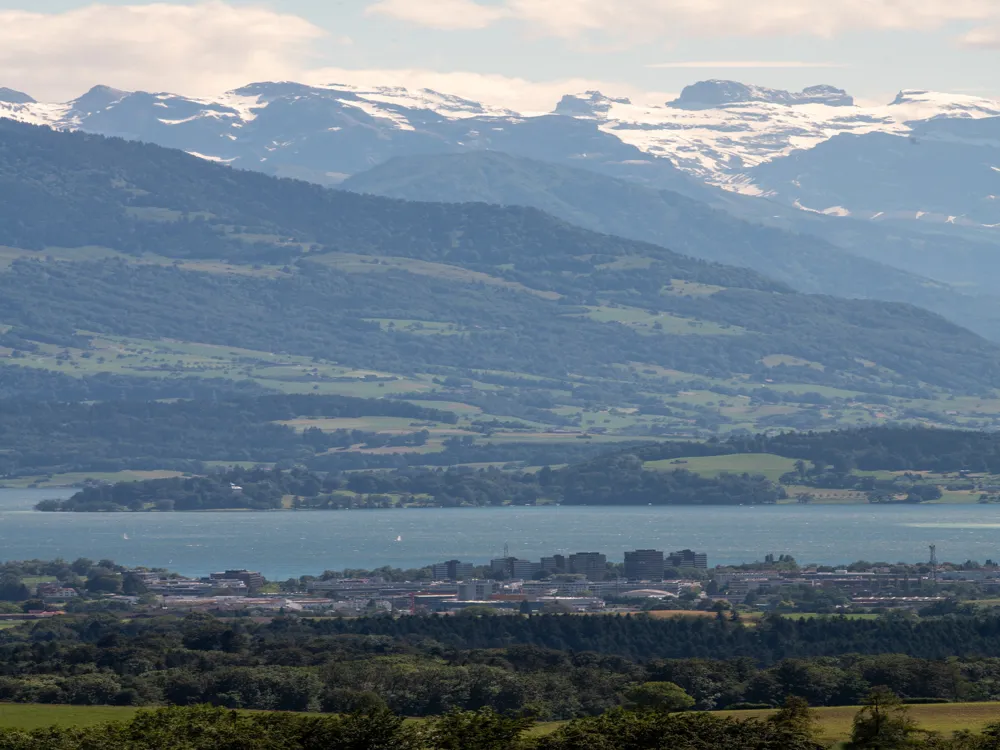Farm Link in Kampot is a hidden gem nestled in the lush landscapes of Cambodia. This enchanting farm is not just a place of agricultural significance but a beacon of sustainable farming and a window into the country's rich agricultural heritage. Covering over 1500 words, this section will delve into the history of Farm Link, its unique approach to farming, and the variety of crops and products it offers. The story of Farm Link begins in the early 20th century, a time when Kampot was renowned for its fertile lands and thriving agricultural community. Farm Link was established with the vision of reviving and preserving the traditional farming methods of Cambodia while integrating modern sustainable practices. This blend of old and new has not only helped in maintaining the ecological balance but also in keeping alive the age-old farming techniques passed down through generations. At the heart of Farm Link lies its commitment to traditional farming practices. These methods, honed over centuries, are a testament to the wisdom of the local farmers. From the use of organic fertilizers to the preservation of heirloom seed varieties, every aspect of farming here is done for nature and tradition. Alongside traditional methods, Farm Link has embraced innovative techniques in sustainable agriculture. This includes water conservation methods, the use of renewable energy sources, and adopting a holistic approach to pest management. These modern practices ensure the farm's productivity while safeguarding the environment. Farm Link is not only about farming techniques but also about the variety of crops it nurtures. The farm is particularly famous for its Kampot pepper, a product that has gained international acclaim for its unique flavor and aroma. Besides pepper, the farm grows a range of fruits, vegetables, and herbs, all cultivated using organic methods. The architecture of Farm Link is a harmonious blend of traditional Cambodian design with eco-friendly features. Over 1500 words, we will explore the intricacies of its design, the materials used, and how the architecture contributes to the farm’s sustainability goals. The structures at Farm Link are a nod to Cambodia's rich architectural heritage. From the iconic stilted houses to the use of local materials like bamboo and thatch, every element reflects the traditional Cambodian style. These designs are not only aesthetically pleasing but also functional, providing natural cooling and ventilation. A key aspect of the architecture at Farm Link is the use of local, sustainable materials. Bamboo, widely available in Cambodia, is used extensively for its strength and flexibility. Thatch, made from local grasses, is used for roofing, providing natural insulation. These materials are not only eco-friendly but also help in keeping the construction costs low. The farm's commitment to sustainability is evident in its architectural features. Solar panels are installed for clean energy, rainwater harvesting systems are in place for water conservation, and natural waste management techniques are used. These features reduce the farm's carbon footprint and promote a self-sustaining environment. The best time to visit Farm Link is during the dry season, from November to April. This period offers pleasant weather, making it ideal for exploring the farm and participating in outdoor activities. Comfortable, light clothing is recommended for a visit to Farm Link. Don't forget to wear sturdy shoes for walking around the farm and a hat to protect against the sun. Farm Link is accessible via multiple modes of transportation. You can reach the farm by road, with regular bus services from Phnom Penh and Sihanoukville. For those looking for a more scenic route, a boat trip along the Kampot River offers a unique way to reach Farm Link, providing stunning views of the Cambodian countryside. Read More: Overview of Farm Link in Kampot
The Historical Significance of Farm Link
Traditional Farming Practices
Innovations in Sustainable Agriculture
Variety of Crops and Products
Architecture of Farm Link
Traditional Cambodian Design Elements
Use of Local Materials
Eco-Friendly Features
Tips When Visiting Farm Link
Best Time to Visit
What to Wear
How To Reach Farm Link
Farm Link
Kampot
NaN onwards
View kampot Packages
Weather :
Tags : Farms & Plantations
Timings : 7:30 AM to11 AM, 1 PM to 4:30 PM
Time Required : 3 to 4 hours
Entry Fee : Free entry
Planning a Trip? Ask Your Question
Kampot Travel Packages
View All Packages For Kampot
Top Hotel Collections for Kampot

Private Pool

Luxury Hotels

5-Star Hotels

Pet Friendly
Top Hotels Near Kampot
Other Top Ranking Places In Kampot
View All Places To Visit In kampot
View kampot Packages
Weather :
Tags : Farms & Plantations
Timings : 7:30 AM to11 AM, 1 PM to 4:30 PM
Time Required : 3 to 4 hours
Entry Fee : Free entry
Planning a Trip? Ask Your Question
Kampot Travel Packages
View All Packages For Kampot
Top Hotel Collections for Kampot

Private Pool

Luxury Hotels

5-Star Hotels

Pet Friendly








